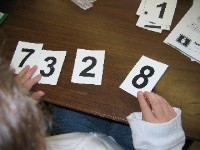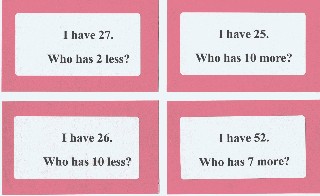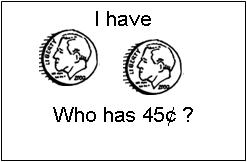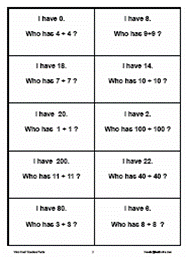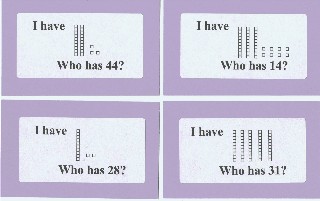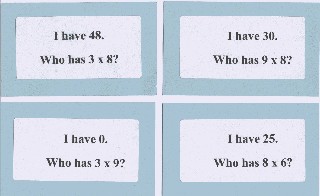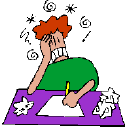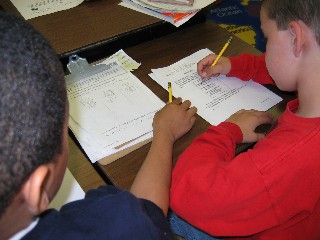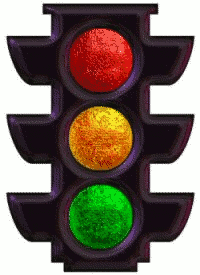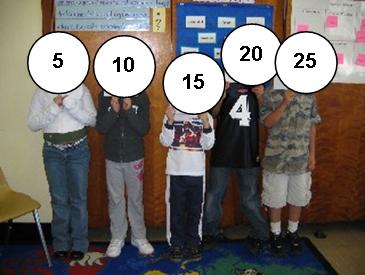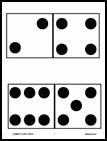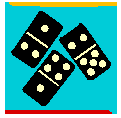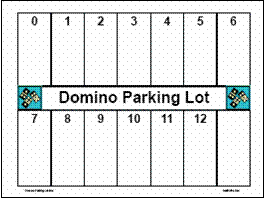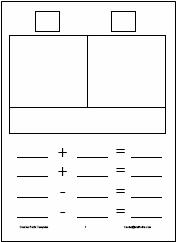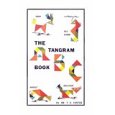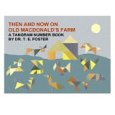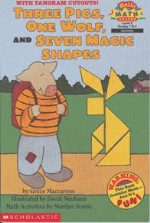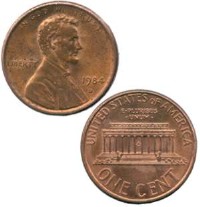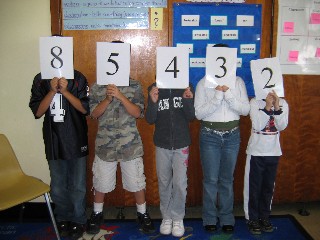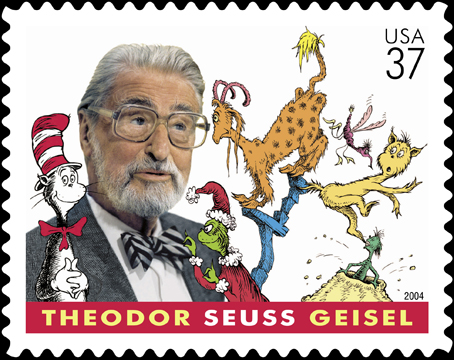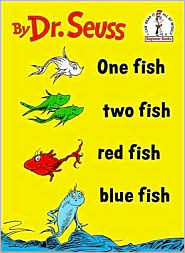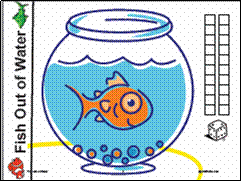Games provide extended place value practice for students and allow them to use their conceptual understanding to develop appropriate strategies to win the game. The best games encourage students to try out many options in search of the best solution. This search for the best solution prompts additional practice in a highly-motivational setting.
Place Value Game: Students use number cards to create the largest number possible.
Materials:
- Deck of digit cards for each set of partners (2-4 each of #0-9, depending on the level of students and the size of the numbers they will create) Note: Spinners with #0-9 may be used instead of cards, if desired.
- Place value mat for each player.
- Recording sheet, if desired.
- Partner A turns over the first card and decides where to place that card on his/her place value mat. Once the card is placed, it may not be moved.
- Partner B turns over a card and decides where to place that card on his/her place value mat. Again, the card may not be moved once it is placed.
- Play continues with each partner turning over a card and deciding where to place it on the place value mat in hopes of building the largest number.
- When all slots are filled on the place value mats, partners compare numbers to see who created the larger number. That partner wins a point for the round.
- Partners record both numbers on their recording sheet and circle the larger number
- Students clear their mats, shuffle the cards and play additional rounds, as time allows.
- Students try to form the smallest number.
- Students try to form a number that is closest to 500 (or 2000 or...)
- Students try to form a number that is less than 1000.
- Students form numbers and earn a different number of points, depending on the range within which the number falls (e.g. 1 point for numbers from 0-500, 2 points for numbers from 501-1000, etc.)

